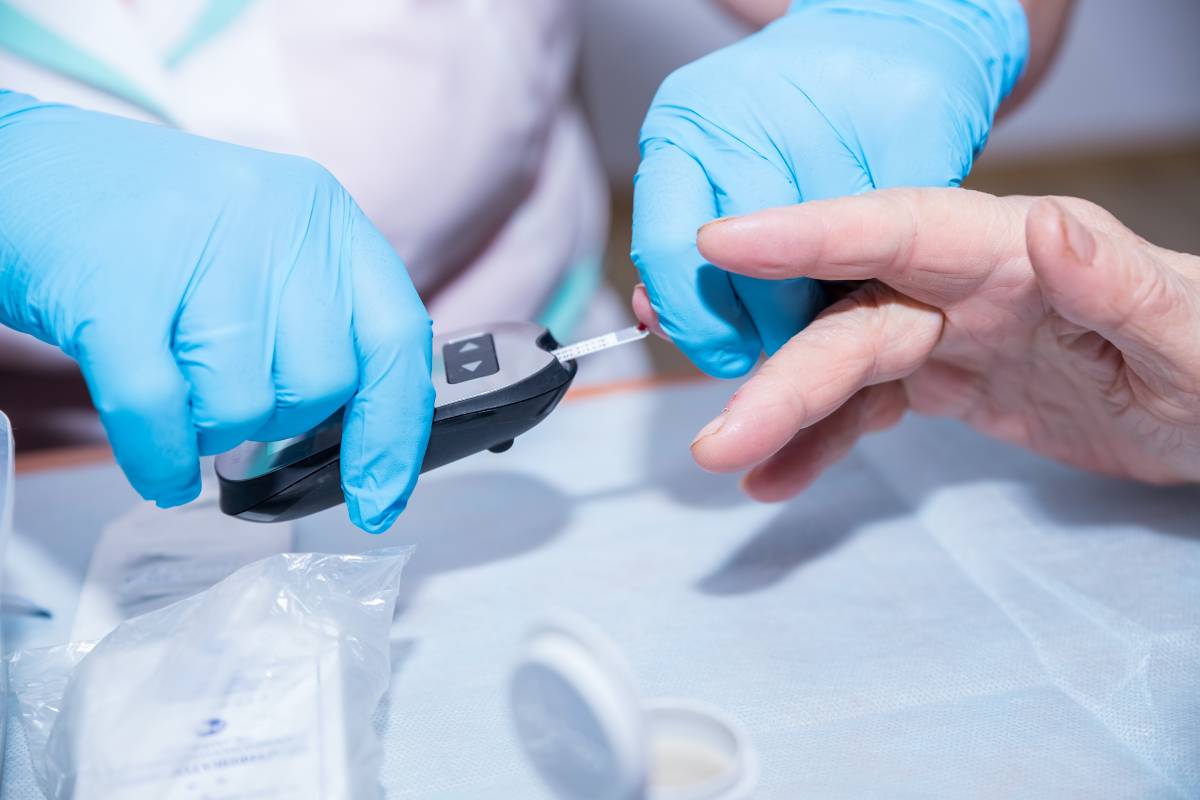Perioperative Sugar
January 27, 2025
Perioperative management of blood sugar is an essential part of patient care during surgery. Intravenous (IV) dextrose solutions are an integral part of maintaining metabolic balance, particularly during prolonged surgical procedures or when fasting compromises endogenous glucose availability. The judicious use of IV dextrose can attenuate the catabolic stress response induced by surgery, stabilize hemodynamics, and support optimal recovery outcomes (1).
Intraoperative dextrose administration is particularly beneficial in reducing postoperative nausea and vomiting (PONV). Clinical studies have shown that dextrose infusion stabilizes blood sugar levels, thereby reducing metabolic fluctuations that exacerbate nausea, supporting its benefits in the perioperative setting. In addition, balanced fluids containing dextrose are used to prevent hypoglycemia without causing significant hyperglycemia, a key factor in reducing complications such as delayed wound healing and infection (2).
The perioperative period presents unique challenges for patients with diabetes, and blood sugar management is particularly important for this population. Insulin therapy combined with dextrose infusion allows precise control of blood sugar levels, preventing dangerous excursions into hypo- or hyperglycemic states. Studies in critically ill patients have demonstrated the efficacy of continuous glucose monitoring systems in maintaining target glucose ranges during such complex interventions (1). These technologies are particularly valuable in the intensive care setting, where patients often require dynamic adjustments to their blood sugar management protocols.
However, the use of dextrose-containing solutions must be carefully calibrated. Hyperglycemia induced by dextrose may worsen outcomes, particularly in surgical patients with pre-existing comorbidities. For example, hyperglycemia has been associated with increased risk of infection and cardiovascular instability. Recent studies emphasize the importance of individualized fluid therapy tailored to the patient’s metabolic profile, with a focus on achieving euglycemia (3). This is particularly relevant in the context of sodium-glucose transporter-2 (SGLT2) inhibitors, where perioperative euglycemic diabetic ketoacidosis is a recognized risk. Prompt intraoperative management of euglycemic diabetic ketoacidosis requires a combination of insulin, dextrose, and hydration to effectively mitigate the condition (3).
Pediatric patients undergoing surgery benefit significantly from the inclusion of dextrose in their maintenance fluids. The metabolic demands of surgery, compounded by fasting, place this population at high risk for hypoglycemia. Administration of dextrose not only prevents hypoglycemia but also reduces the stress-induced hormonal cascade that can otherwise lead to hemodynamic instability (4). A similar rationale applies to elderly patients and those with pre-existing malnutrition, where dextrose supplementation supports protein retention and reduces postoperative catabolism.
Emerging evidence suggests that perioperative blood sugar management strategies must address the interplay between dextrose administration, insulin resistance, and stress-induced hyperglycemia. An individualized approach to fluid therapy that incorporates both glucose monitoring and patient-specific metabolic needs is critical to optimizing surgical outcomes. Future research on tailored dextrose protocols promises to further refine these strategies to ensure that metabolic stability is maintained without undue risk of hyperglycemia or hypoglycemia (1).
The role of IV dextrose in perioperative blood sugar management is both nuanced and essential. By addressing the metabolic needs of patients, IV dextrose ensures a stable surgical course while minimizing complications. However, its use requires careful monitoring and an individualized approach to balance its benefits with potential risks. Advances in continuous glucose monitoring and personalized fluid therapy are likely to improve the efficacy and safety of perioperative blood sugar management in the future.
References
- Friman O, Soltani N, Lind M, et al. Performance of Subcutaneous Continuous Glucose Monitoring in Adult Critically Ill Patients Receiving Vasopressor Therapy. Diabetes Technol Ther. 2024;26(10):763-772. doi:10.1089/dia.2024.0035
- Nielsen CG, Grigonyte-Daraskeviciene M, Olsen MT, et al. Accuracy of continuous glucose monitoring systems in intensive care unit patients: a scoping review. Intensive Care Med. 2024;50(12):2005-2018. doi:10.1007/s00134-024-07663-6
- Devkota B, Maxwell T, Schaedel J, Wagener BM, Song W, Nooli NP. Intraoperative Diagnosis of Sodium-Glucose Transporter-2 Inhibitor-Associated Euglycemic Diabetic Ketoacidosis. Cureus. 2024;16(10):e71931. Published 2024 Oct 20. doi:10.7759/cureus.71931
- Lindestam U, Norberg Å, Frykholm P, Rooyackers O, Andersson A, Fläring U. Balanced electrolyte solution with 1% glucose as intraoperative maintenance fluid in infants: a prospective study of glucose, electrolyte, and acid-base homeostasis. Br J Anaesth. Published online November 5, 2024. doi:10.1016/j.bja.2024.08.041